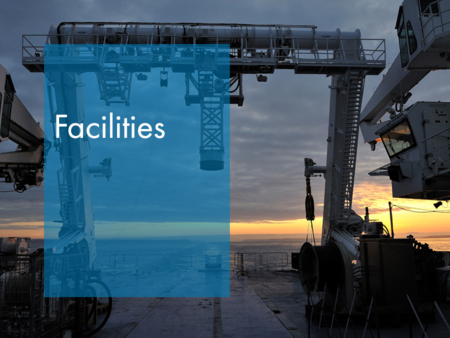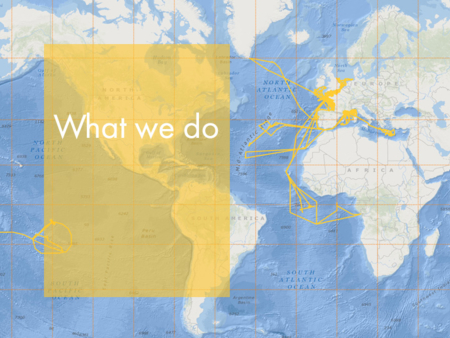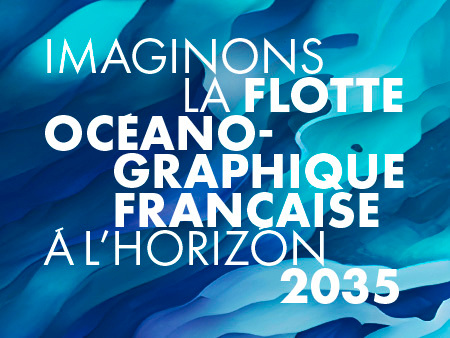Renewal of the Seismic Equipment
The project to renew the seismic equipment was launched in late 2013, the aim being to place high-performance seismic equipment at the disposal of the scientific community. The new equipment was developed over a period of five years, involving major study phases, the purchase of new equipment, the integration of this equipment into the ships, and validating trials at sea. The total amount invested in the project for the period 2014–2018 was €8,505,000 (including €1,500,000 from the ERDF and €2,400,000 from Brittany Council (CPER)).
Tree entirely modernized systems are now available:
- SMT seismic system:
- A 2D system comprising a 6000 m streamer and a seismic source optimized for the acquisition of seismic reflection and refraction.
- Ships that can deploy this system: L’Atalante, Pourquoi pas ?, Marion Dufresne II.
- HR seismic system:
- A 2D or 3D device comprising two 600 m streamers.
- These two streamers can be configured differently in accordance with the scientific goals and the size of the support vessel (3D or 2D with a 600 m or 1200 m streamer).
- Ships that can deploy this system: Thalassa, L’Atalante, Pourquoi pas ?, Marion Dufresne II.
- SISRAP seismic system:
- A 2D device comprising one 300 m streamer towed at 8–10 knots.
- Ships that can deploy this system: Thalassa, L’Atalante, Pourquoi pas ?, Marion Dufresne II.
The many configurations available for the SMT, HR and SISRAP systems are able to satisfy the demands of most scientific cruises which focus on environments as varied as the coast or the deep sea, and whose aims in terms of resolution and penetration depth are extremely varied. These systems entered service in phases and have already been used on several cruises, producing data which has been published in scientific journals. Feedback from the scientific teams has been very positive (TECTA, GHASS…).
The final stage in the modernization of the seismic equipment concluded in 2018 with trials and the subsequent commissioning of the new seismic source SMT. The quality of the acoustic signal has been greatly improved thanks to a more precise synchronization of the air guns and the very stable geometry of the rig. This source was used for the first time during the ILAB SPARC cruise in late 2018. Initial processing of the data has shown that the signals emitted by this new source were detected by the Ocean Bottom Seismometers (OBS) at a distance of 750 kilometres, a feat which has never previously been achieved. These results should enable scientists to create better profiles of the oceanic crust, as well as the upper layer of the mantle, and improve their understanding of the phenomena which occur there.
Numerous proposals received from the two latest calls for tenders by the CNFH (National Committee of the Deep-sea Fleet) demonstrate the expectation among the scientific community for this new seismic equipment (eleven proposals for 2019 and 9 proposals for 2020).




